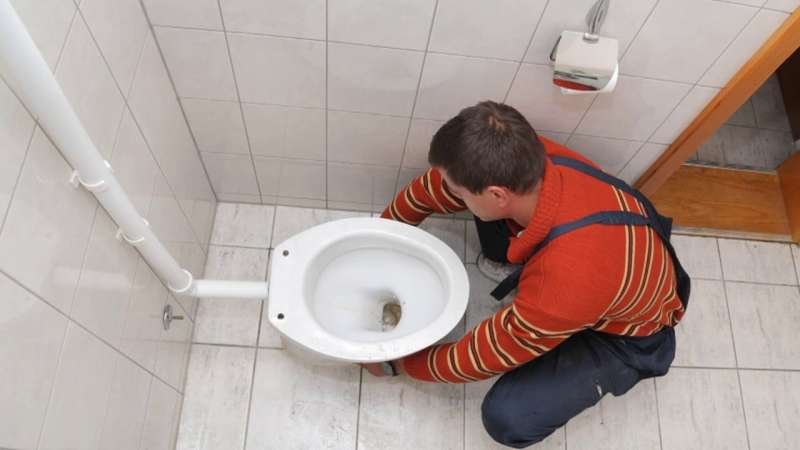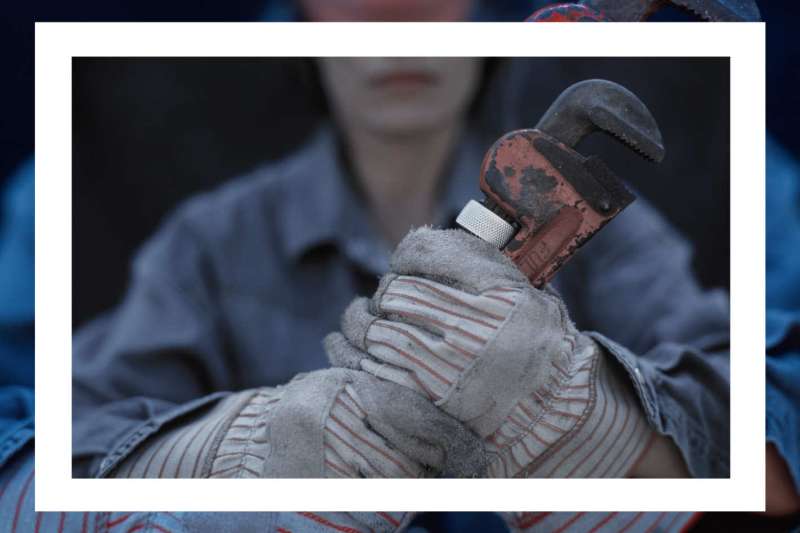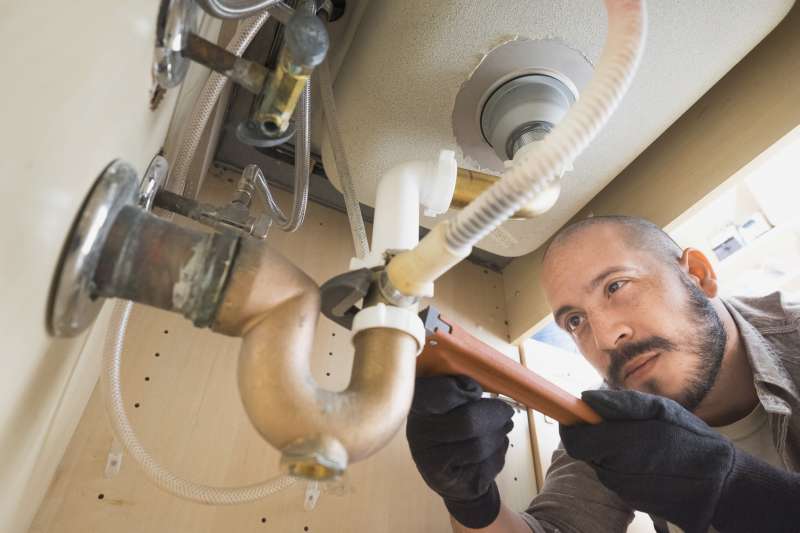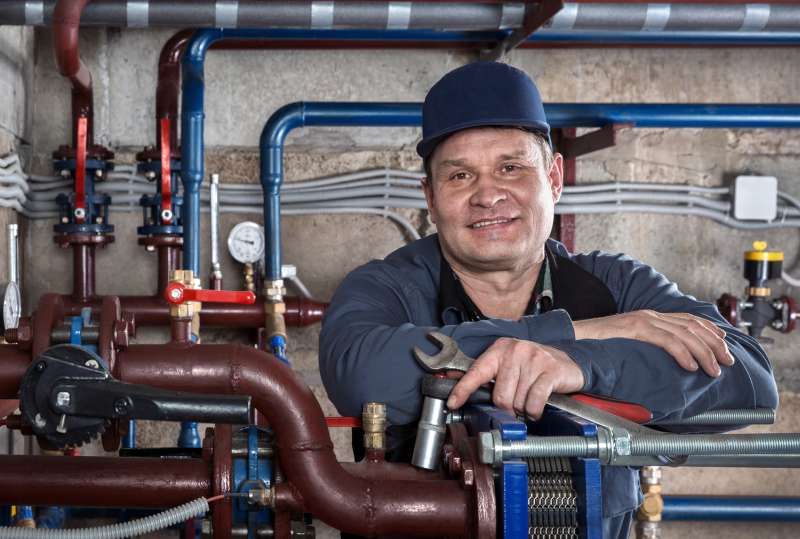Backflow Testing and Prevention Plumbing Services in Lawrence, PA
Lawrence Backflow Testing and Prevention Experts on call now in Washington County
Backflow Testing and Prevention provides a specialized plumbing service aimed at preventing back-siphonage into clean water systems. This service involves scheduled checks and legal compliance efforts, new unit placement, and component servicing. It ensures compliance with health and safety regulations, particularly for commercial properties and irrigation systems
We provide top notch Plumbing services throughout Washington County. Whether you need help with Backflow Testing and Prevention or other issues, our Professionals is ready.
Plumbing Services in Lawrence, PA

Appliances
Installing dishwashing machines, hot water heater (tank and tankless), garbage disposals, and cleaning makers.

Backflow Testing and Prevention
Ensuring backflow avoidance devices are working properly.

Bathroom and Kitchen Remodeling
Relocating or upgrading plumbing systems.

Building Code Compliance
Ensuring plumbing systems satisfy regional guidelines.

Burst Pipes
Immediate reaction to prevent flooding and water damage.

Clogged Drains
Cleaning blockages in sinks, toilets, showers, and sewer lines.

Drain Cleaning
Regular cleansing to prevent clogs and preserve flow.

Fixture Repairs
Fixing malfunctioning faucets, toilets, and other fixtures.

Fixtures
Installation of sinks, faucets, toilets, bathtubs, and showers.

Gas Leaks
Emergency detection and repair to prevent dangers.

Gas Line Repairs
Fixing gas leakages and guaranteeing appropriate gas line working.

Greywater Recycling Systems
Setting up systems for recycling household wastewater.

Hydronic Heating
Setting up and preserving glowing floor heater.

Industrial Pipework
Specialized piping for factories or commercial settings.

Irrigation Systems
Installing and preserving outdoor watering.

Large-scale Installations
Plumbing systems for new buildings or renovations.

Leak Detection and Repair
Repairing leakages in pipelines, faucets, toilets, and home appliances.

Overflowing Toilets
Quick resolution of extreme obstructions and overflows.

Pipe Inspections
Utilizing video cameras to examine pipelines for damage or blockages.

Pipe Repairs
Repairing or changing burst, rusted, or damaged pipes.

Pipes and Fittings
Installing new piping systems for water, gas, and drainage.

Pre-Purchase Inspections
Evaluating plumbing systems before purchasing property.

Rainwater Harvesting Systems
Installing systems to gather and utilize rainwater.

Regular Maintenance Contracts
Ongoing maintenance services for companies.

Septic System Services
Installing, repairing, and keeping septic systems.

Sump Pump Installation and Repair
Managing groundwater in basements.

Upgrading Fixtures
Setting up water-efficient or modern-day components.

Water Efficiency Consulting
Encouraging on water-saving strategies and products.

Water Filtration Systems
Installing water conditioners and purification systems.

Water Heater Maintenance
Flushing and checking water heaters to extend lifespan.

Water Heater Repair
Resolving problems with temperature, leaks, or failure to heat water.

Waterproofing
Safeguarding basements or other locations from water intrusion.

Sewer Backups
Immediate attention to prevent contamination and health risks.


